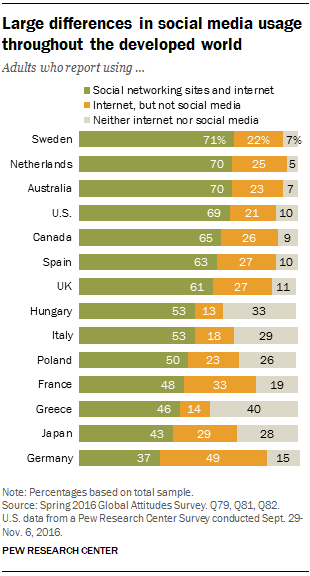Matthew Hutson at Science: “See you in the Supreme Court!” President Donald Trump tweeted last week, responding to lower court holds on his national security policies. But is taking cases all the way to the highest court in the land a good idea? Artificial intelligence may soon have the answer. A new study shows that computers can do a better job than legal scholars at predicting Supreme Court decisions, even with less information.
Several other studies have guessed at justices’ behavior with algorithms. A 2011 project, for example, used the votes of any eight justices from 1953 to 2004 to predict the vote of the ninth in those same cases, with 83% accuracy. A 2004 paper tried seeing into the future, by using decisions from the nine justices who’d been on the court since 1994 to predict the outcomes of cases in the 2002 term. That method had an accuracy of 75%.
The new study draws on a much richer set of data to predict the behavior of any set of justices at any time. Researchers used the Supreme Court Database, which contains information on cases dating back to 1791, to build a general algorithm for predicting any justice’s vote at any time. They drew on 16 features of each vote, including the justice, the term, the issue, and the court of origin. Researchers also added other factors, such as whether oral arguments were heard….
From 1816 until 2015, the algorithm correctly predicted 70.2% of the court’s 28,000 decisions and 71.9% of the justices’ 240,000 votes, the authors report in PLOS ONE. That bests the popular betting strategy of “always guess reverse,” which has been the case in 63% of Supreme Court cases over the last 35 terms. It’s also better than another strategy that uses rulings from the previous 10 years to automatically go with a “reverse” or an “affirm” prediction. Even knowledgeable legal experts are only about 66% accurate at predicting cases, the 2004 study found. “Every time we’ve kept score, it hasn’t been a terribly pretty picture for humans,” says the study’s lead author, Daniel Katz, a law professor at Illinois Institute of Technology in Chicago…..Outside the lab, bankers and lawyers might put the new algorithm to practical use. Investors could bet on companies that might benefit from a likely ruling. And appellants could decide whether to take a case to the Supreme Court based on their chances of winning. “The lawyers who typically argue these cases are not exactly bargain basement priced,” Katz says….(More)”.


